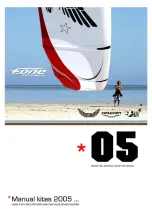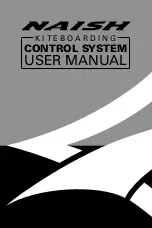Reviews:
No comments
Related manuals for Eclipse 500

M5
Brand: F-One Pages: 24

Torque BTB 55
Brand: Naish Pages: 26

FireStarter
Brand: S.E.A. Paragliders Pages: 13

MENTOR 6
Brand: Nova Pages: 22

Ibex-3
Brand: Nova Pages: 41

Land Kite
Brand: Flexifoil Pages: 28

DA50R
Brand: Desert Aircraft Pages: 10

Alatus-M Series
Brand: Aerola Pages: 36

Skoop
Brand: TAKOON Pages: 30

Enzo 3
Brand: Ozone Pages: 23

Mantra R10
Brand: Ozone Pages: 20

Angel v1
Brand: Ozone Pages: 23
A5
Brand: ICON Pages: 9

Rush 5
Brand: Ozone Pages: 19

J-3 Piper Cub
Brand: Hangar 9 Pages: 44

F6F Hellcat 60 ARF
Brand: Hangar 9 Pages: 44

Sbach 342 60
Brand: Hangar 9 Pages: 48

Bonanza 36
Brand: Beechcraft Pages: 356

















